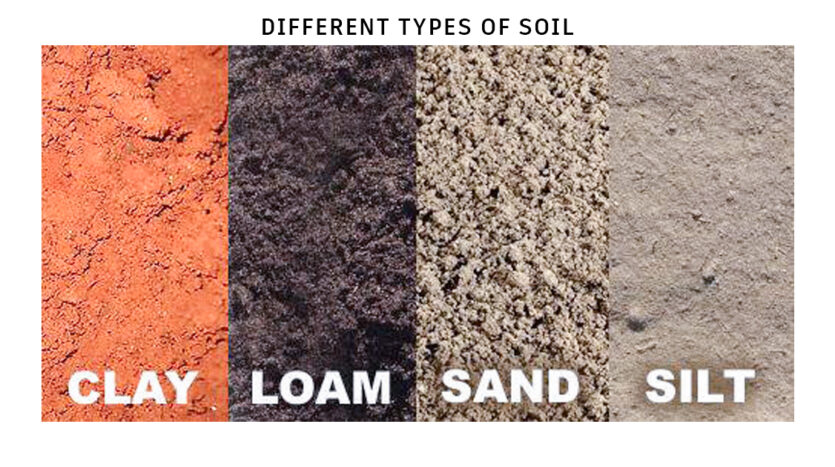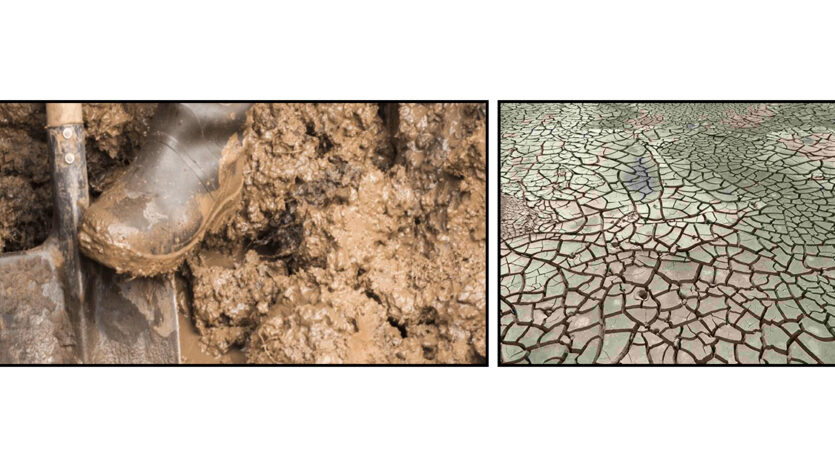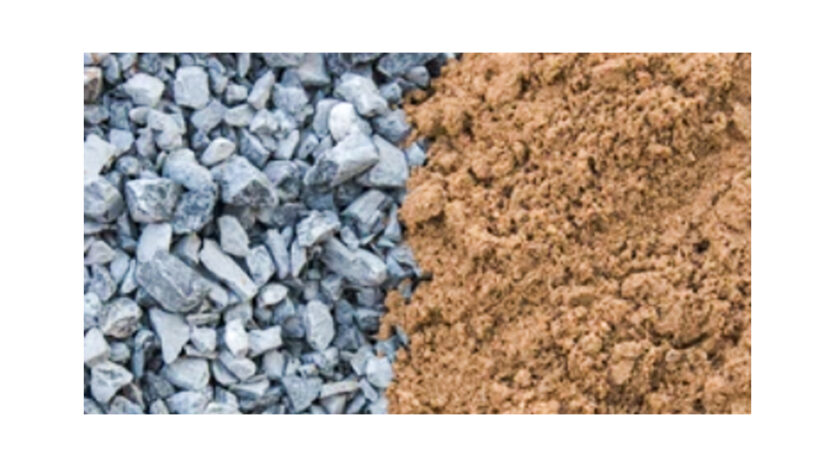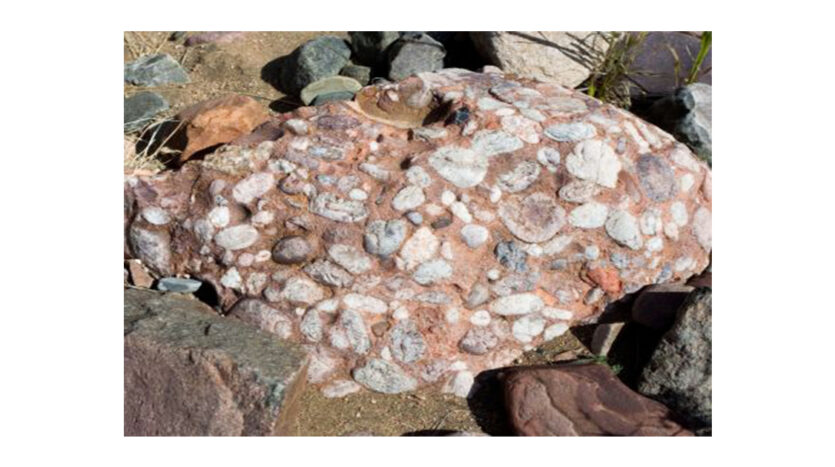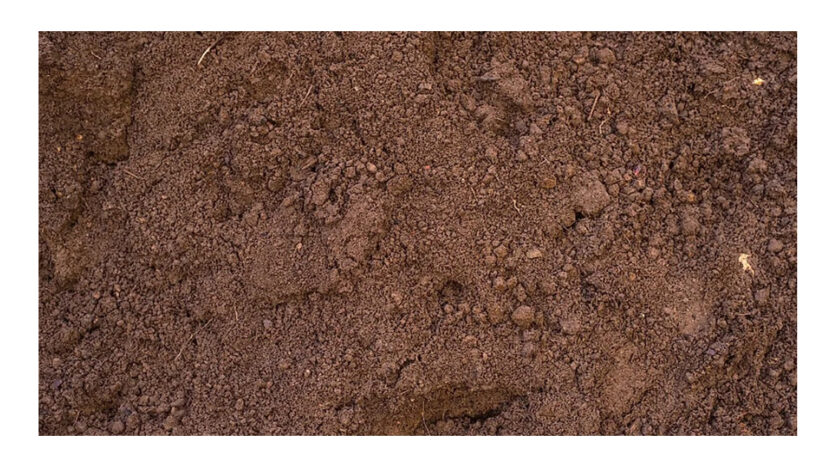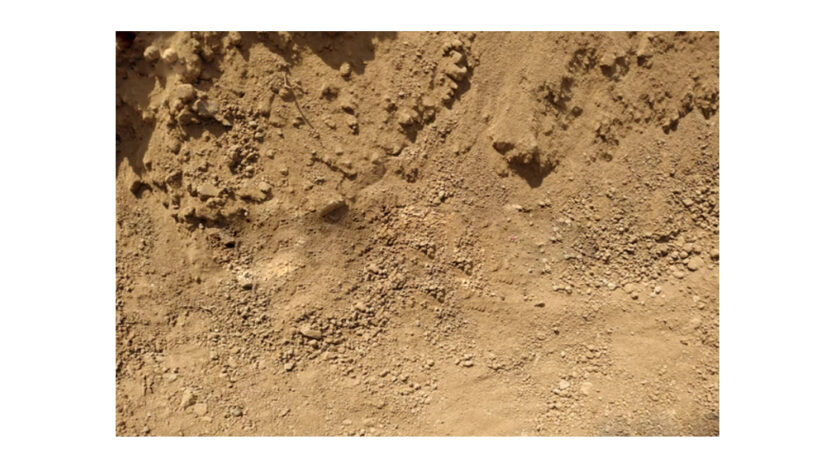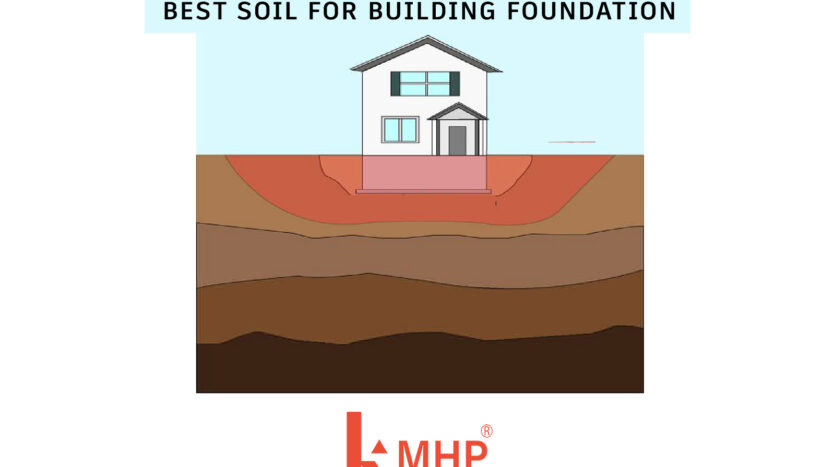The foundation of your building will be impacted by various types of soil in different ways.
The construction of the project and subsequent maintenance are influenced by the choice of soil on which the structure will be constructed.
The most typical types of dirt foundation used in construction are listed below.
We investigate which sort of soil is typically the greatest type to build on.
Common Types of Soil Used In Foundation Construction
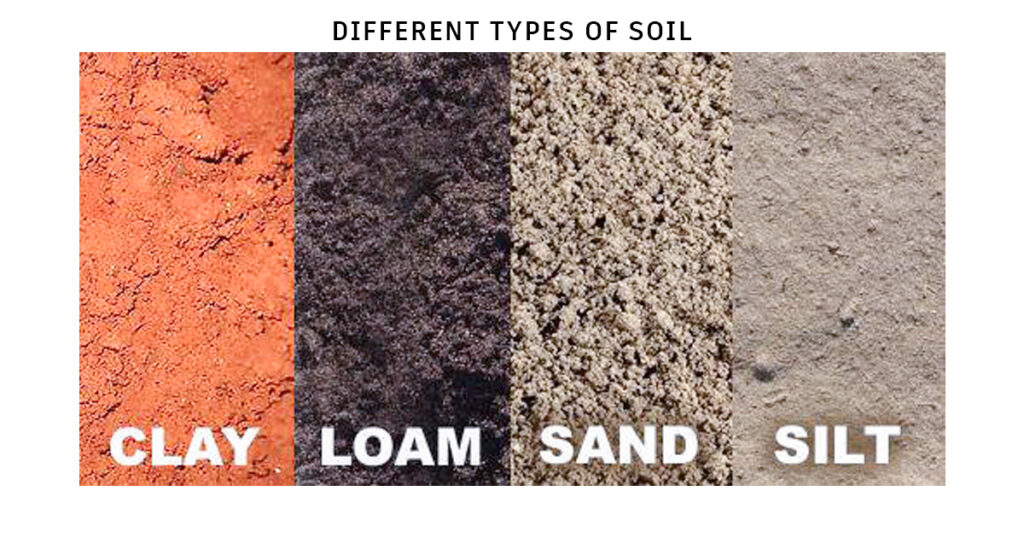
CLAY
Because of its tendency to shift around when it dries or moistens, clay is not a good soil for building. This might result in cracks or fissures in the building and uneven floors. Clay soil foundation depths are typically greater in order to promote stability.

The finest house foundation for clay soil would be a drilled pier foundation or a slab-on-grade foundation. Drilled pier foundations will anchor deeper into the clay for greater structural stability, whereas slab-on-grade foundations will resist the tendency of clay soil to shrink and expand.
SAND AND GRAVEL
Sand and gravel have big granules that allow water to drain fast (which is good for buildings).
Retaining less water reduces the likelihood of the building shifting and forming structural and non-structural fissures. Compacted sand and gravel provide even more solidity and are an excellent foundation material.
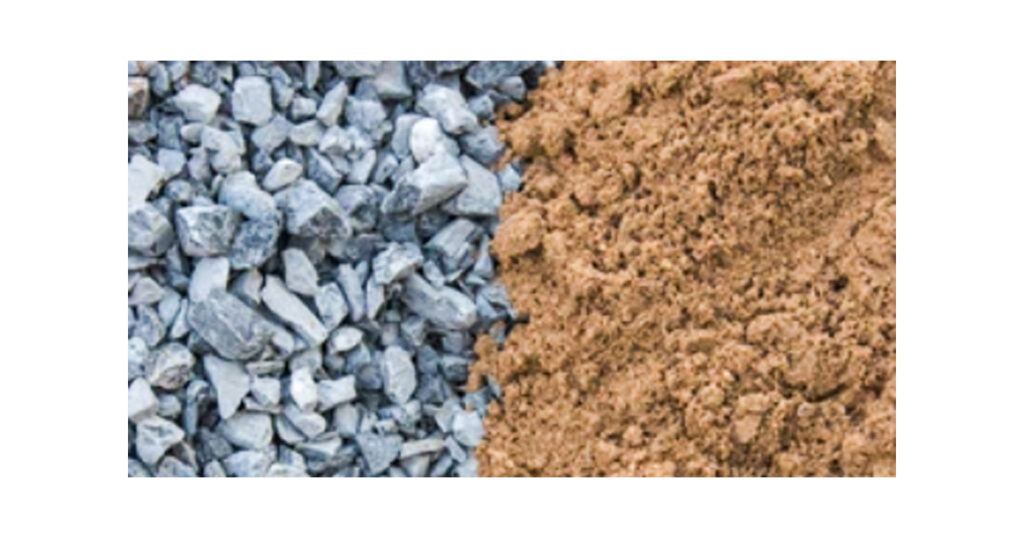
Sand can be washed away over time. In these situations, a helical pier (also known as helical anchors, screw piles, or screw anchors) is an appropriate foundation solution for sandy soil.
ROCK OR BED ROCK
Because of their great bearing capacity, various varieties of rock (sandstone, limestone, etc.) are suitable possibilities (making this type of foundation ideal for larger buildings). A bedrock layer is a layer of rock beneath the surface layer of soil.
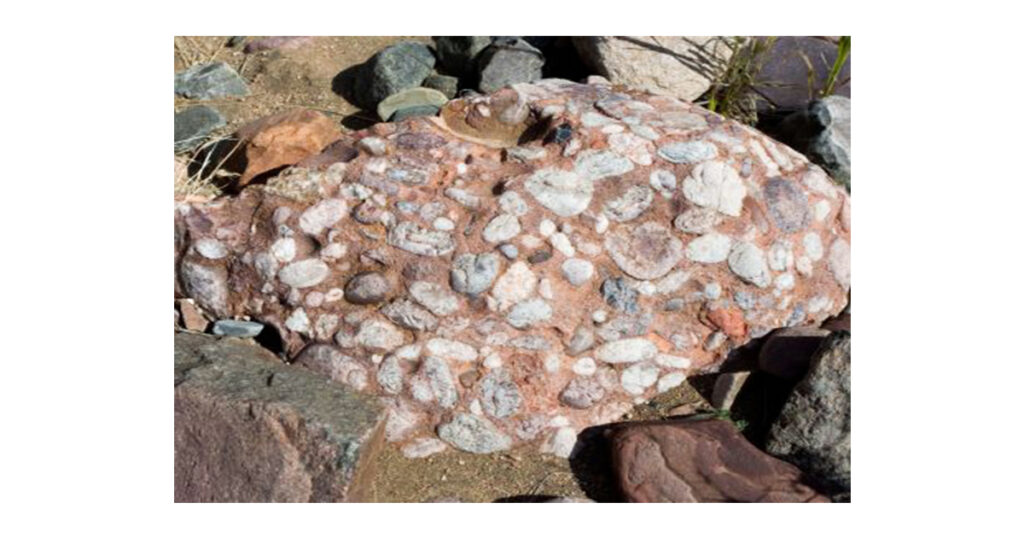
Bedrock is more stable and resistant to water damage than clay, which can expand and shift. As a result, your building is less prone to crack as it changes or settles. The most crucial aspect of establishing a foundation on rock is to ensure that the surface is level before beginning work.
LOAM
Because of its optimum combination of silt, sand, and clay, loam is the best soil type for construction. It blends the best attributes of all of them into the optimum balance for sustaining a foundation. Loam, in general, does not change, expand, or contract dramatically and adapts well to the presence of water.
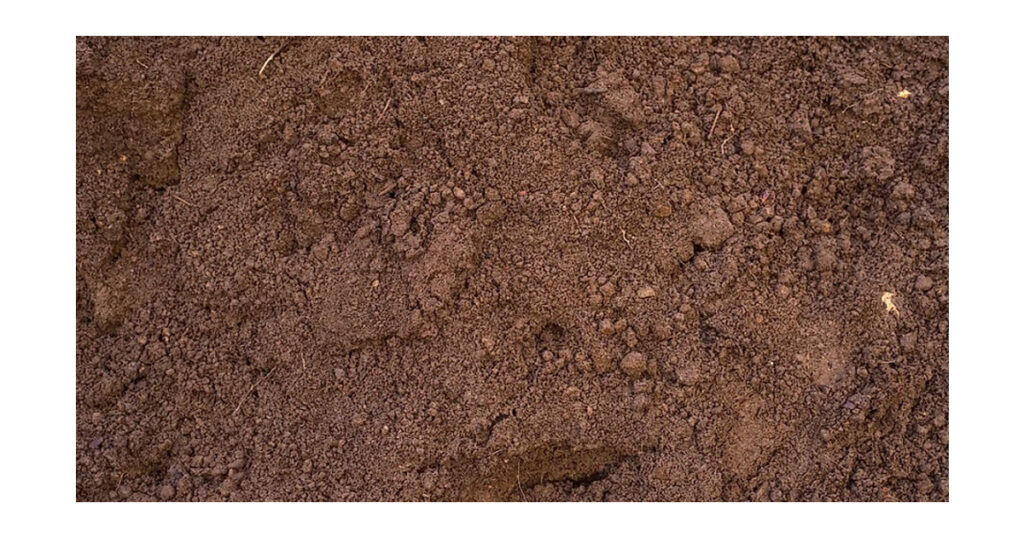
The possibility of undecomposed material, which can and should be screened prior to construction, is the one potential disadvantage of constructing on loam.
PEAT
Peat is often found in areas such as bogs and other wetlands and consists of decaying vegetation and/or organic matter. It can hold a large amount of water and is considered a very poor soil type for a foundation due to how much it can shift around and its low bearing capacity. You can build on peat soil, but the building would be at great risk of cracks or other types of damage.
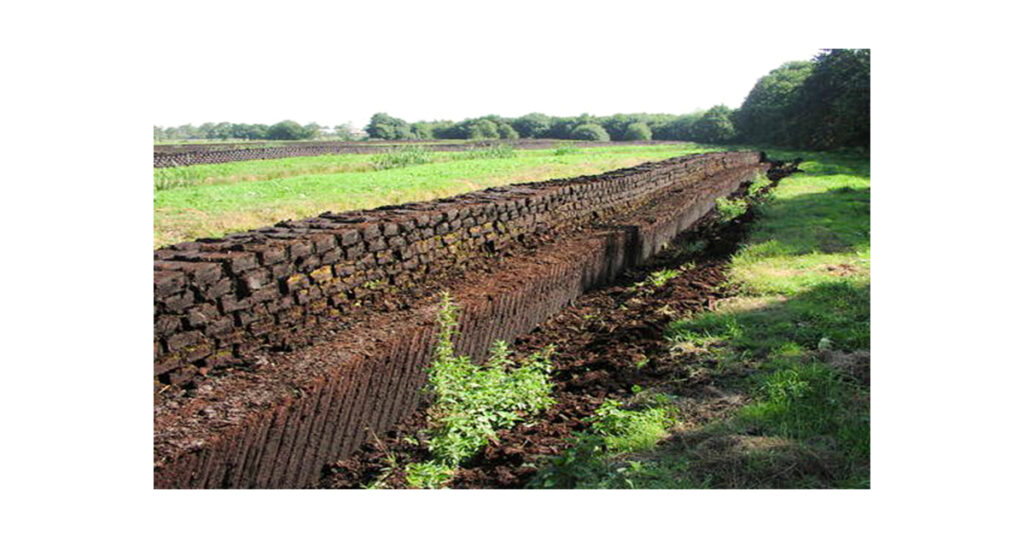
SILT
Due to its protracted capacity to store water, silt is a poor soil option for constructing a foundation, much like peat. The building is not supported by the silt, which expands and shifts as a result of this property, putting it under constant, prolonged stress. This may result in structural failure or damage.
If at all feasible, use a more suitable type of soil for construction.
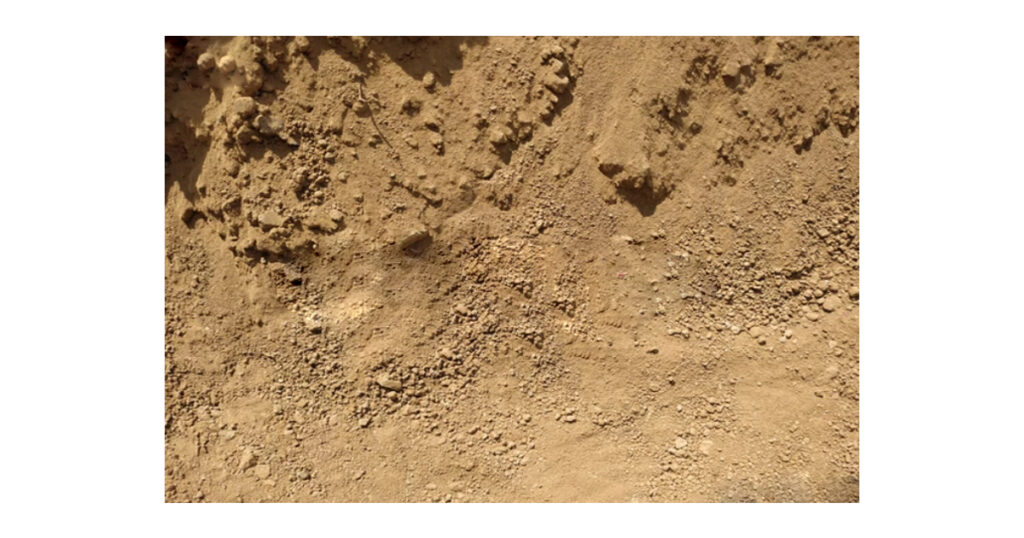
If the wrong sort of soil is used for your project, it might lead to immediate or long-term foundation problems. Make sure you comprehend the distinctive qualities of each type of soil to avoid any harm.
Editor : Jubin Raju Mathew
- Your FUN88 Official India app - June 28, 2024
- DafaBet page for gamers in India - June 24, 2024
- Слотор Сайт – Рискни и выиграй - June 15, 2024

